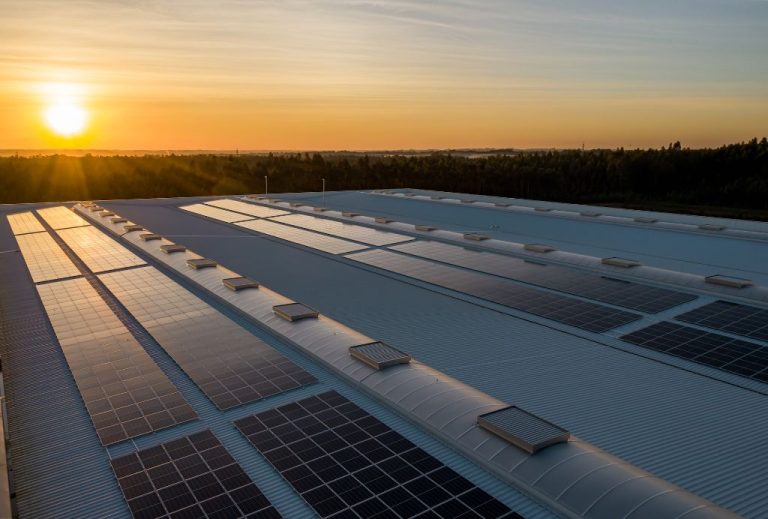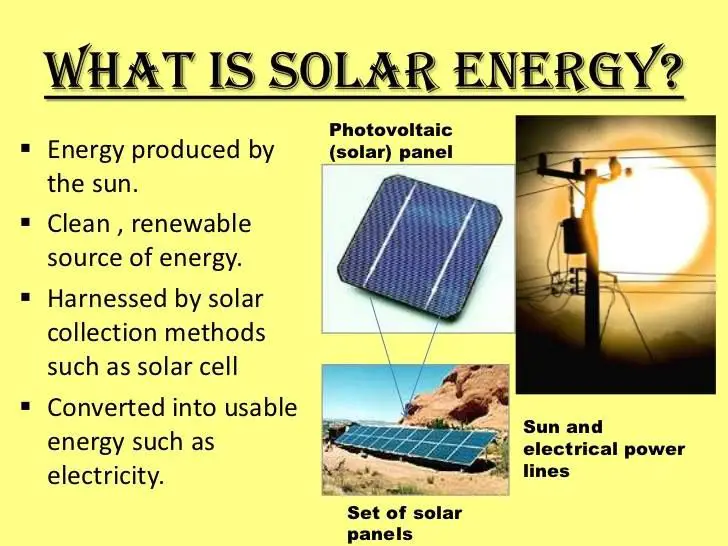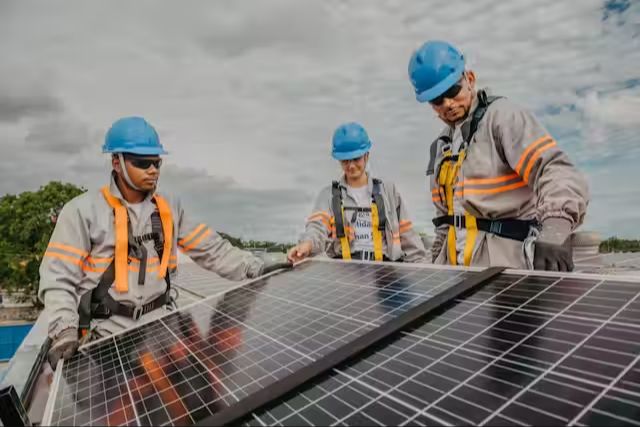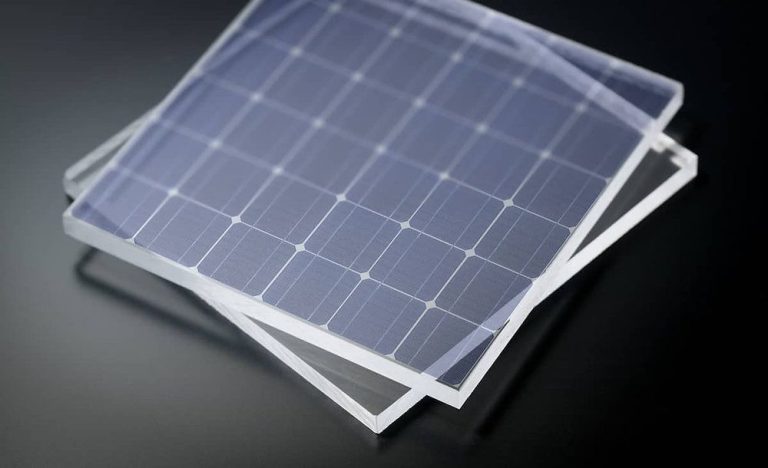Are Pv Solar Panels Good?
Photovoltaic (PV) solar panels are devices that convert sunlight into electricity. They consist of solar cells made from materials like silicon that exhibit the photovoltaic effect – meaning when sunlight hits the cells, electrons are emitted that can be captured to produce an electric current.
The modern solar cell was invented in 1954 at Bell Labs. Through the latter half of the 20th century, solar PV technology gradually improved and costs came down, but it was still prohibitively expensive for widespread use. However, since 2000, PV solar panel costs have dropped dramatically, leading to rapid growth in solar installations worldwide.
Today, solar PV provides around 3% of total global electricity generation. Capacity has been increasing an average of 50% annually over the last decade. With solar PV costs continuing to fall and countries around the world seeking to increase renewable energy usage and reduce carbon emissions, PV solar is expected to play a major role in the global transition to sustainable energy.
Benefits of Solar PV
Solar photovoltaic (PV) panels offer a number of benefits that make them an attractive renewable energy source for many homeowners, businesses and utilities:
Renewable Energy Source
Solar PV panels generate electricity from sunlight, an abundant renewable resource. Unlike fossil fuels, the sun’s energy will never run out. Producing electricity from solar energy instead of coal, natural gas or other fossil fuels helps conserve non-renewable resources.
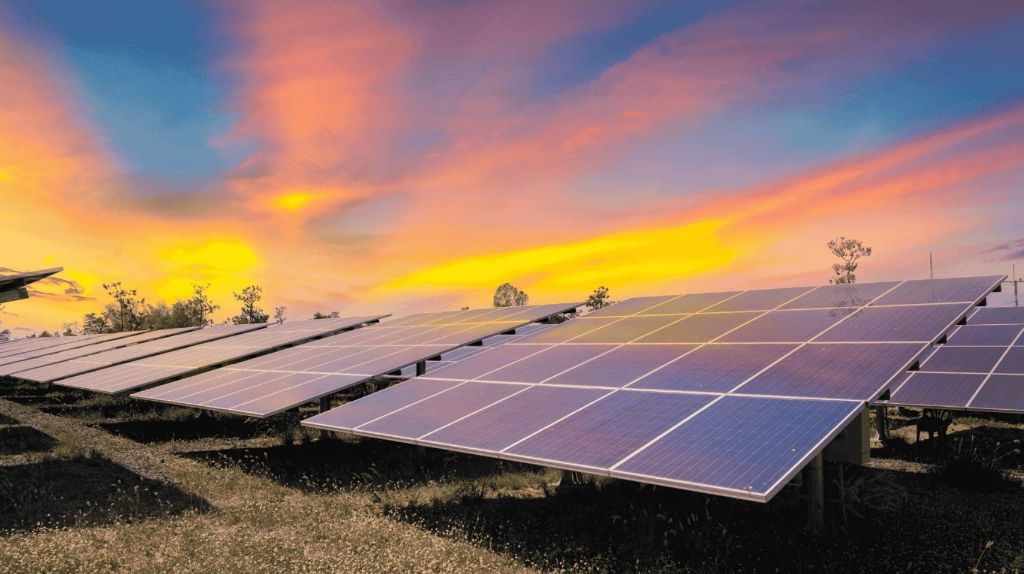
Reduces Fossil Fuel Dependence
Using solar PV to generate electricity reduces dependence on fossil fuels. This improves energy security and resilience, as solar power is not subject to geopolitical supply constraints. Reliance on renewable solar energy also buffers customers from fossil fuel price volatility.
Lower Electricity Bills
Solar PV panels generate electricity onsite, reducing purchases of electricity from the utility grid. The electricity savings from a solar array typically offset the system’s costs within several years, providing customers with decades of nearly free electricity.
Low Maintenance
Solar PV systems have few moving parts and require almost no maintenance over their lifespan. After installation, PV panels will generate electricity for 25-30 years or more with little upkeep or intervention.
Modular and Scalable
Solar PV systems can range from a few kilowatts on a residential roof to hundreds of megawatts at a utility-scale solar farm. PV panels are modular and additional capacity can be added incrementally as needed. This scalability makes solar a flexible energy solution.
Improved Public Health
Generating electricity from solar PV emits no air or noise pollution. Widespread adoption of solar energy would reduce emissions from fossil fuel generation, improving air quality and public health.
Limitations of Solar PV
While solar PV panels have many benefits, they also come with some limitations that are important to consider.
One key limitation is that solar power is an intermittent energy source. Solar panels only generate electricity when the sun is shining. Output varies throughout the day and seasons, producing less energy on cloudy days or at night. This intermittency can make solar unreliable for providing continuous base load power to the grid. Solutions like adding battery storage can help mitigate this issue.
Solar PV systems also require a large upfront investment. The cost of purchasing and installing solar panels, inverters and other system components can be prohibitive for some homeowners and businesses. Prices have dropped substantially in recent years, but the high initial capital costs can deter adoption. Financing options like solar leases or power purchase agreements can help alleviate the upfront cost barrier.
In addition, solar PV needs significant land area for utility-scale projects. A 1 MW solar farm requires around 5-10 acres of land. While panels can be mounted on rooftops or marginal lands, land requirements may compete with other uses like agriculture. Careful solar site selection is important for minimizing land use impacts.
Finally, manufacturing solar PV cells and modules involves some toxic materials like lead and cadmium. Proper solar panel recycling and disposal is important to avoid hazardous waste contamination. The development of newer solar cell technologies aims to reduce toxicity levels in manufacturing.
Costs
The costs of solar PV systems have declined significantly over the past few decades. In the 1980s, solar panels cost over $10 per watt. Today, prices have dropped below $1 per watt. The average residential solar PV system costs between $15,000-$25,000 for a 5kW system. However, prices vary greatly depending on system size, location, incentives, installer, equipment, etc.
Aside from upfront system costs, homeowners must also consider installation, maintenance and operational expenses. Installation fees can range from 10-25% on top of equipment costs. Annual maintenance costs are typically low, around $100-$150 for cleaning, inspections and repairs. There are no fuel costs associated with solar power.
Many national and local governments offer financial incentives to lower the costs of going solar. These include federal tax credits, state/local rebates, net metering policies, renewable energy certificates and low-interest loans. With all available incentives, payback periods can be under 10 years in many markets.
Efficiency
The efficiency of a solar PV system refers to how much of the sun’s energy striking the panel is converted into usable electricity. This conversion occurs through the photovoltaic effect, in which photons from sunlight knock electrons loose from the solar cell material, creating an electric current.
Typical commercial solar panels on the market today have conversion efficiencies between 15-22%. This means 15-22% of the solar energy is converted to electrical energy. The most efficient mass-produced solar panels can reach over 22%.
In real-world operating conditions, factors like temperature, shading, and angle of the sun alter how much energy a solar panel can actually produce. This is quantified by the capacity factor and performance ratio.
The capacity factor compares a PV system’s actual productivity over a period of time to its potential maximum output if it operated at full rated capacity continuously. Capacity factors for solar PV systems range from 15-30% depending on location and system design.
Performance ratio compares actual energy output to theoretical maximum output under ideal test conditions. Performance ratios of 80% or higher are considered excellent for PV systems.
Adoption
Solar PV adoption varies greatly by region and country. The top regions for total installed solar PV capacity are Asia, Europe, and North America. Within those regions, the countries with the highest adoption are China, Germany, Japan, India, and the United States.
Many countries have set ambitious solar PV adoption targets, including the EU aiming for net zero emissions by 2050 which would require large increases in solar capacity. The IEA predicts global solar PV capacity will reach over 5,500 GW by 2040 under current policies, and over 8,500 GW in their net zero scenario.
However, some barriers to adoption remain. High upfront costs can deter some consumers and businesses from installing solar panels. Limited infrastructure for distribution and storage of solar power is another barrier in some regions. Areas unsuitable for solar panels due to weather, lack of space, or structural factors limit adoption growth potential. But overall, as prices continue to fall and supporting policies expand, solar PV adoption is expected to grow steadily worldwide.
Environmental Impact
Solar PV panels provide significant environmental benefits compared to fossil fuel energy sources. By generating electricity from sunlight rather than burning coal, natural gas or oil, PV systems reduce emissions of greenhouse gases like carbon dioxide that contribute to climate change. Each kilowatt-hour of solar electricity offsets emissions from conventional power plants.
Over the lifetime of a solar PV system, it can avoid several times more carbon emissions than are generated during its manufacturing and installation. The carbon payback period – how long it takes for PV panels to offset their own carbon footprint – is typically 1-4 years. After this point, nearly all the electricity generated is low-carbon.
While the PV manufacturing process uses some hazardous materials, the amount of toxins is minimal. Proper regulations for recycling solar panels at end-of-life also reduce environmental and health risks. The land use impact of solar PV systems can be managed as well; panels can be installed on rooftops or integrated into buildings, minimizing changes in land use. Overall, solar PV delivers significant carbon and pollution reductions compared to fossil fuels with minimal other environmental tradeoffs.
Reliability
Solar PV systems are generally quite reliable, but there are some factors that can impact their performance over time.
One consideration is degradation rates. Solar panels lose some of their efficiency each year, with an average degradation rate of around 0.5-1% annually. Higher quality panels tend to have lower degradation rates. After 25-30 years, panels may retain around 80% of their original productivity.
Weather can also affect solar reliability. PV panels perform best on sunny, cloudless days. Cloudy weather, storms, snow cover, etc. will reduce energy output. Inverters and other system components can also be impacted by extreme weather events.
Well-made solar PV systems often have a lifespan of 25-30 years or more. With proper maintenance and care, panels and other components can last for decades. The warranty length on solar components is a good indicator of expected lifespan.
Alternatives to Solar PV
While solar PV can provide clean, renewable electricity, there are some alternatives that may be worth considering.
Other Renewable Energy Sources
Solar is not the only renewable energy option. Wind, hydroelectric, geothermal, and biomass power can also provide clean electricity. The best option depends on the local resources and grid needs of a particular area. Wind and hydro in particular can complement solar well since their generation profiles differ.
Energy Storage Solutions
One downside of solar PV is that it only generates power when the sun is shining. Adding energy storage can allow solar generators to dispatch power when it’s most needed. Battery storage is becoming more common for home and grid-scale systems. Other storage options include pumped hydro and compressed air.
Energy Efficiency
Before installing new generation, reducing overall energy consumption through efficiency upgrades can be a wise move. Improvements like LED lighting, high-efficiency appliances, weatherization, and smart thermostats can lower energy bills and reduce the solar system size needed.
Conclusion
There are several compelling reasons to adopt solar PV panels, but also some limitations to be aware of. On the pro side, solar PV can reduce or even eliminate monthly electricity bills, provides energy independence, and has minimal environmental impact once installed. The main benefits are cost savings, energy independence, and sustainability.
However, solar PV systems come with significant upfront costs that can deter adoption. They also rely on abundant sunlight to generate maximum electricity, so their viability depends on location and weather. Efficiency of most panels is still under 25%, so large arrays are needed to power homes and businesses. Maintenance costs and the lifespan of panels should also be considered.
Looking ahead, solar PV costs are projected to continue declining while efficiency should keep improving. Battery storage technology is also advancing to better store solar energy. With smart policies, falling prices and advancing tech, solar PV adoption is likely to grow substantially in the years ahead. Homeowners and businesses should consider their individual circumstances to weigh the pros and cons of installing a solar PV system.

